Basically there are two very common techniques for SLA printing : DLP and LASER. Personally I find it unfortunate to monopolize a beamer for a printer, so no DLP here. Laser? why not but it is complicated to implement, (and dangerous), so no laser.
What remains? A more recent technique is to use a nacked LCD panel as slide and UV LEDs to cure the resin. Hmm not bad! No overpriced equipment, possibility to recycle old screens, simple to implement... Ok! we'll go with that.
Single LED setup (small screen)
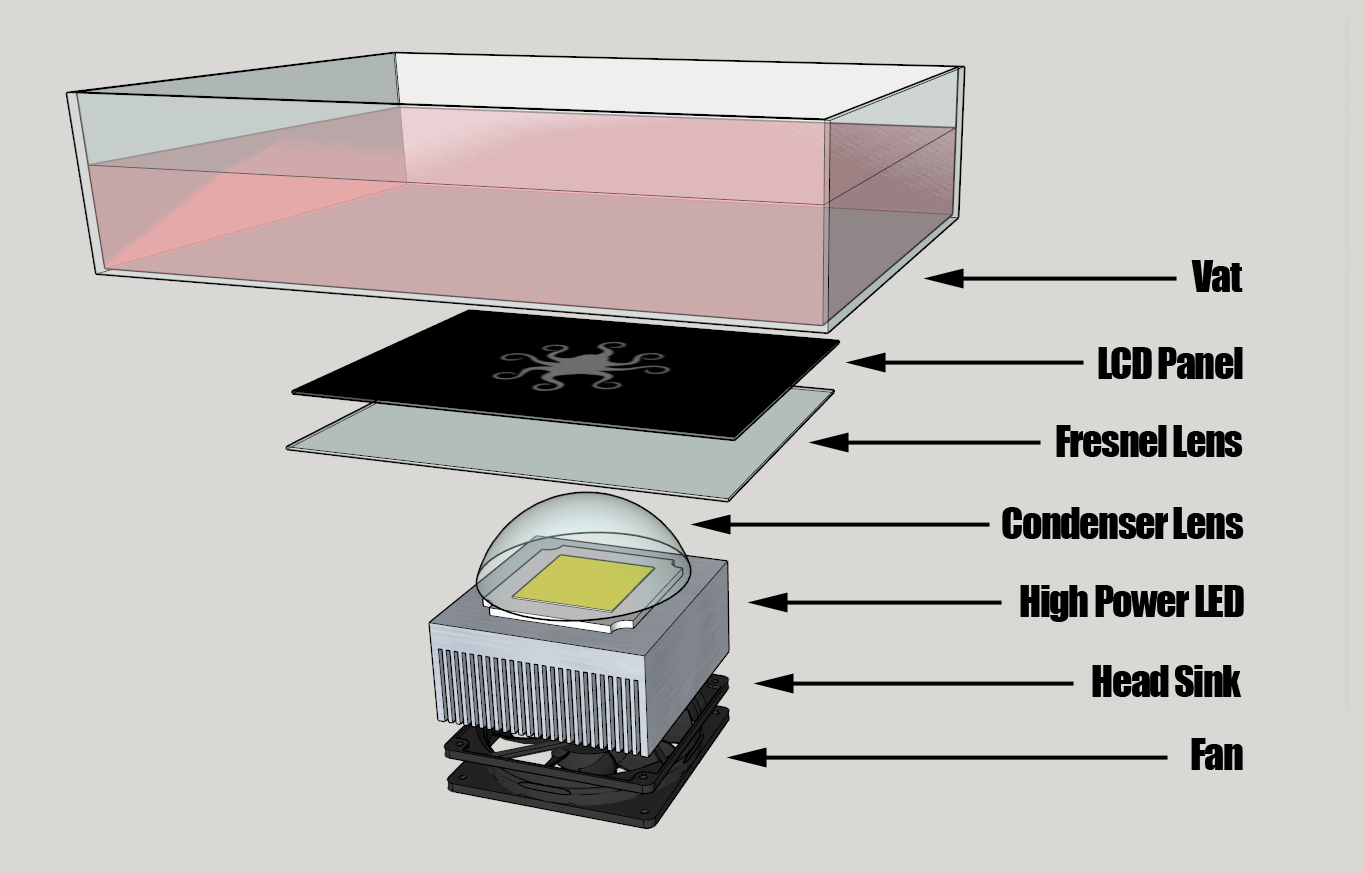
LED's array setup (medium/big screen)
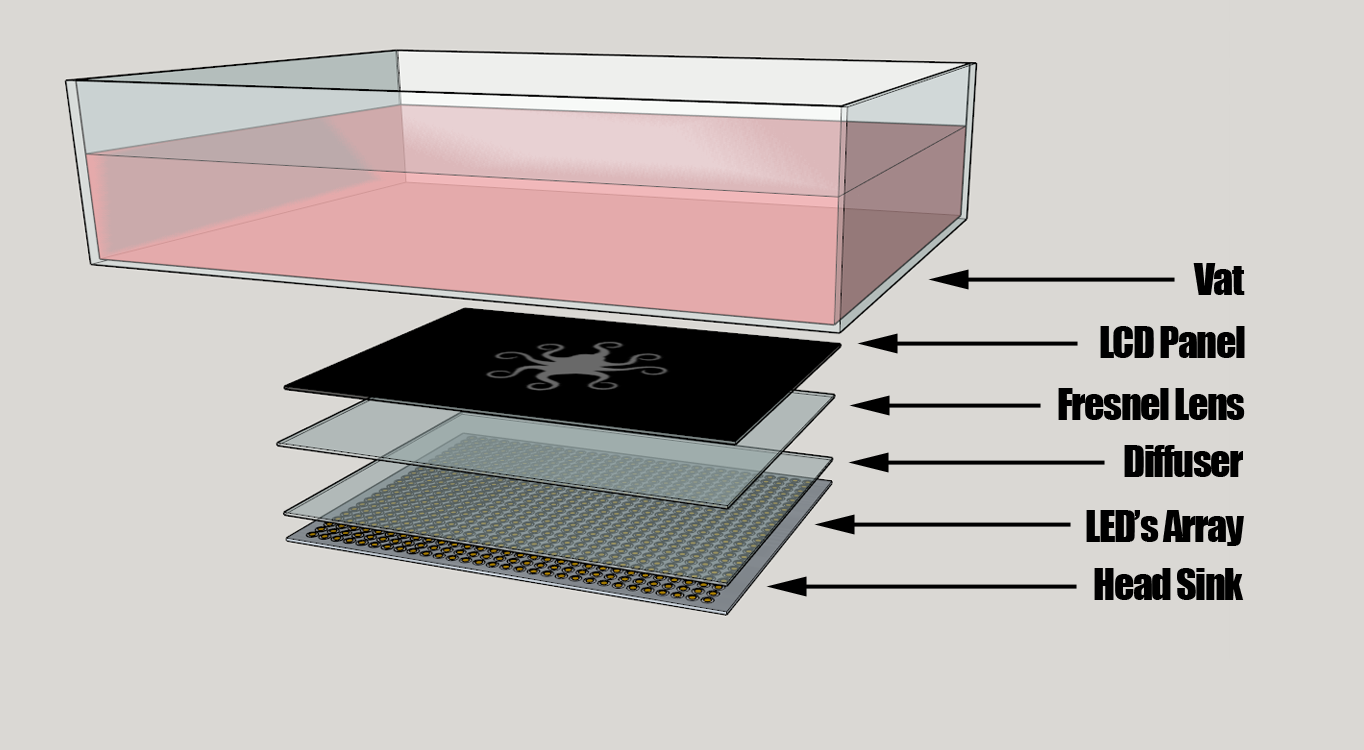
Prototype
SketchUp project : Download
Electronics
Simple electronics based on an Arduino board with Grbl firmware.
Software
- Slicer : http://lautr3k.github.io/SLAcer.js/
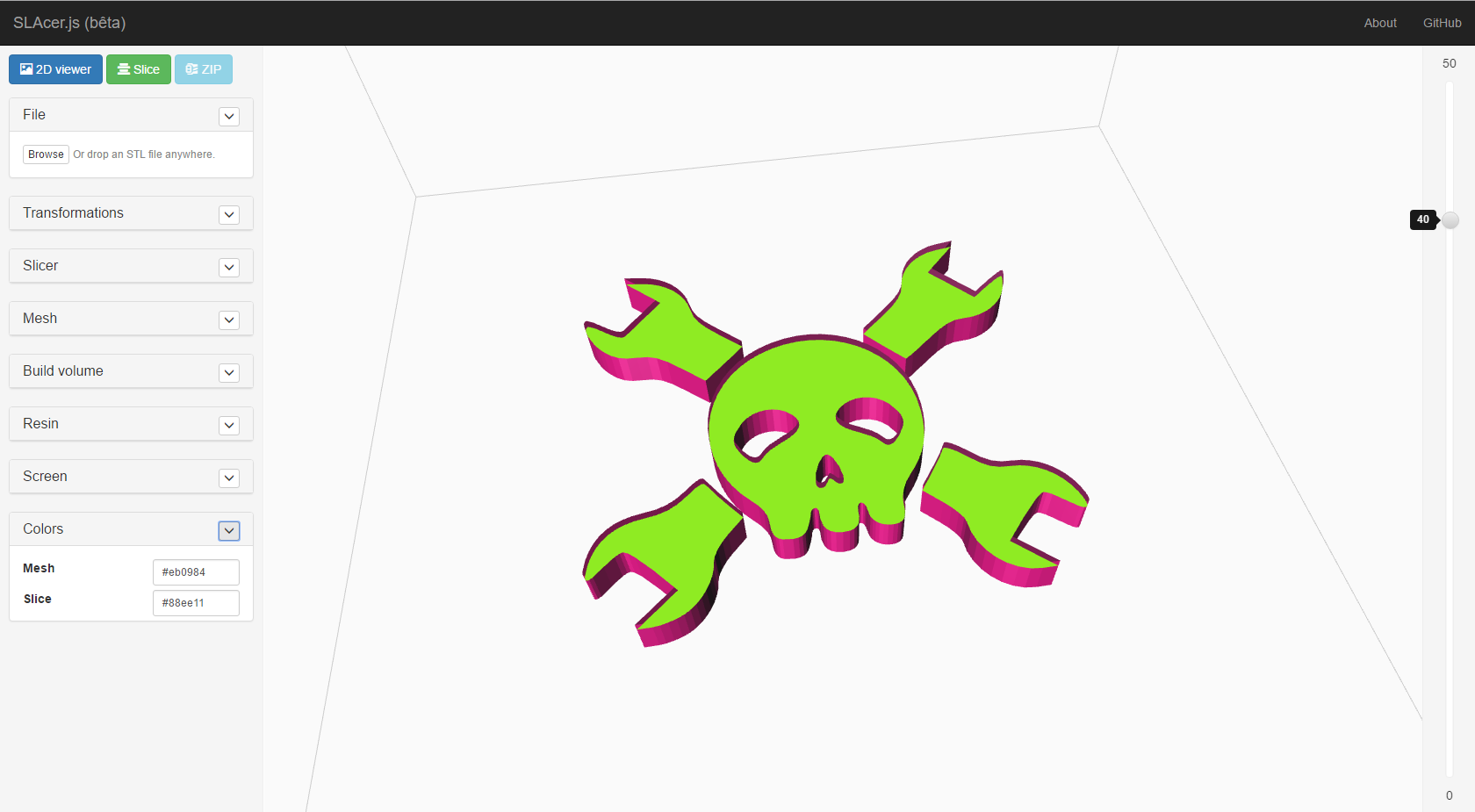
- Printer Controller : https://github.com/onlfait/uTopiaController
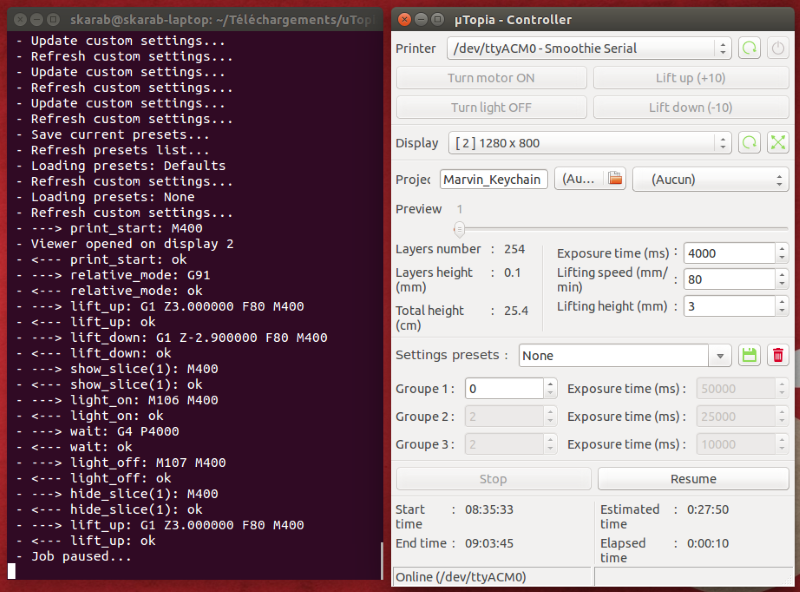
 Sébastien Mischler (aka skarab)
Sébastien Mischler (aka skarab)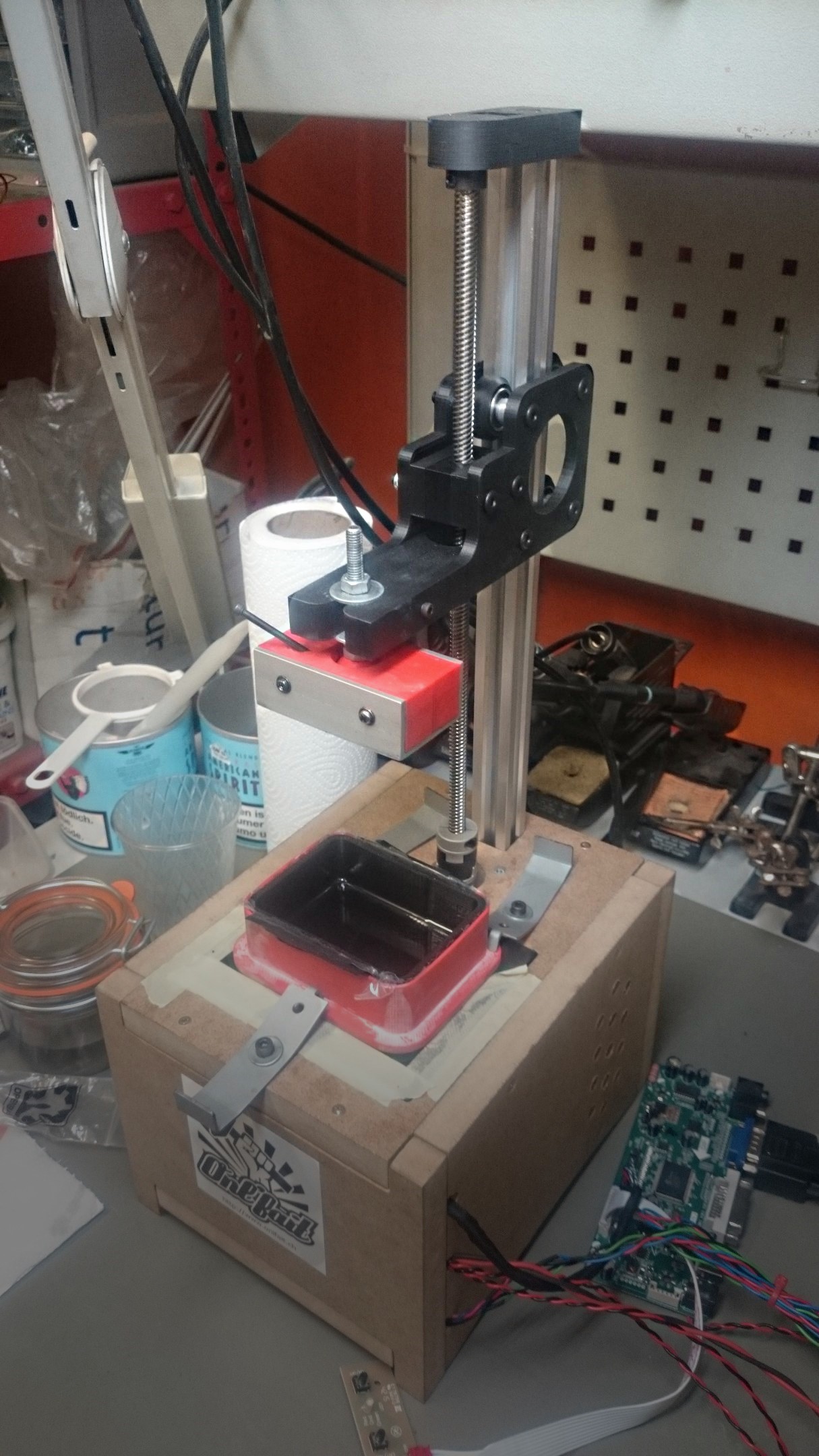
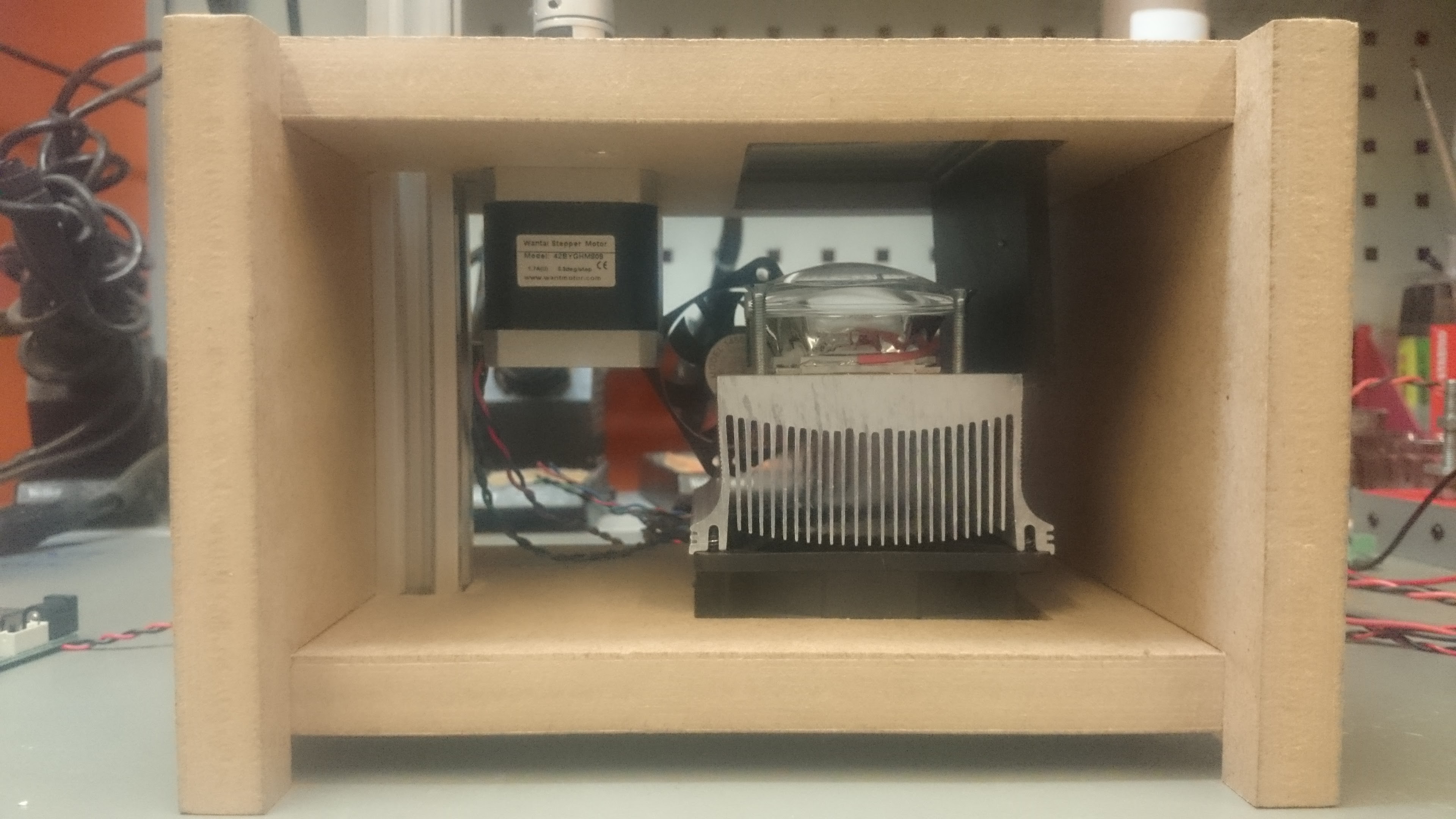
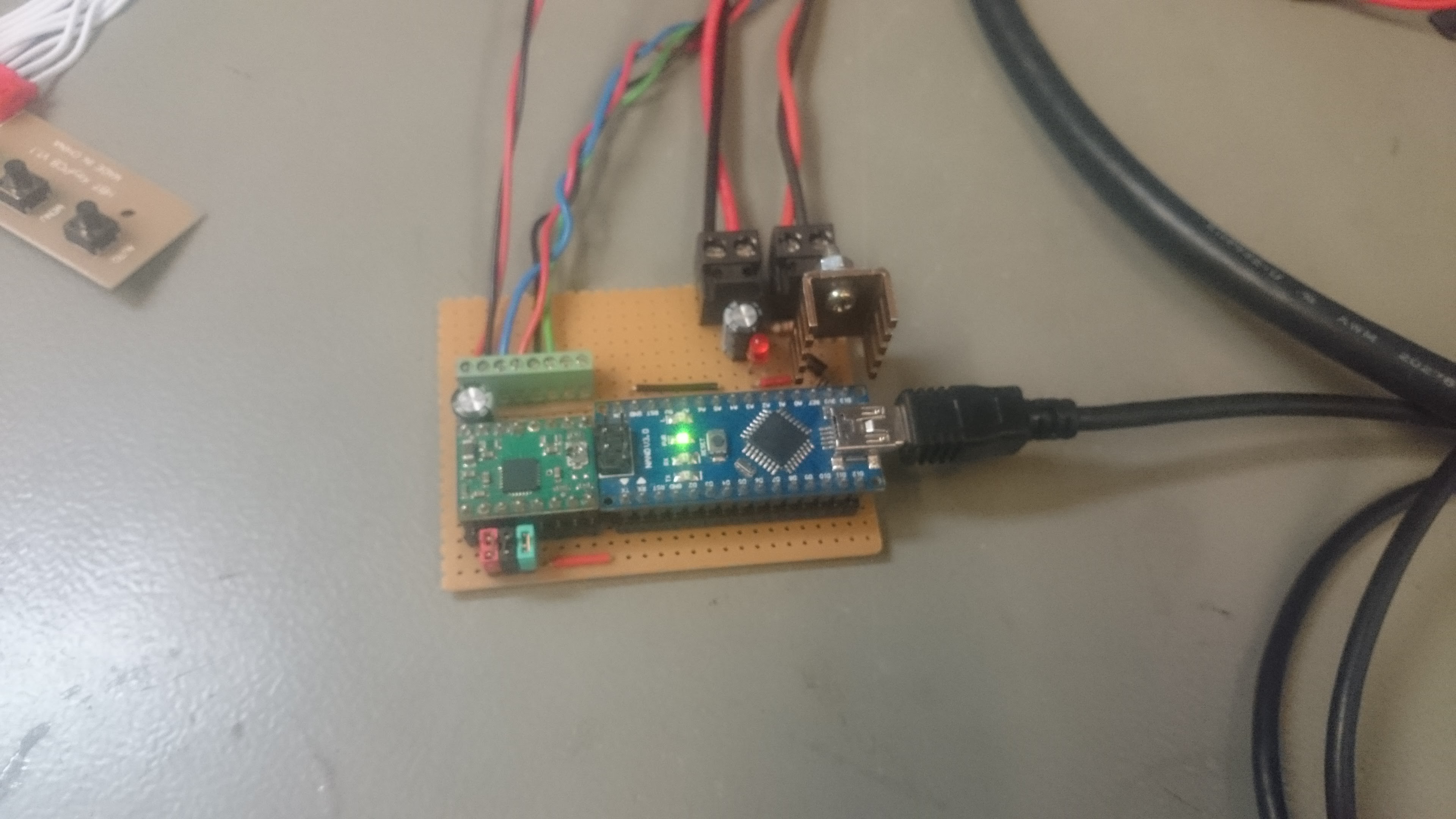
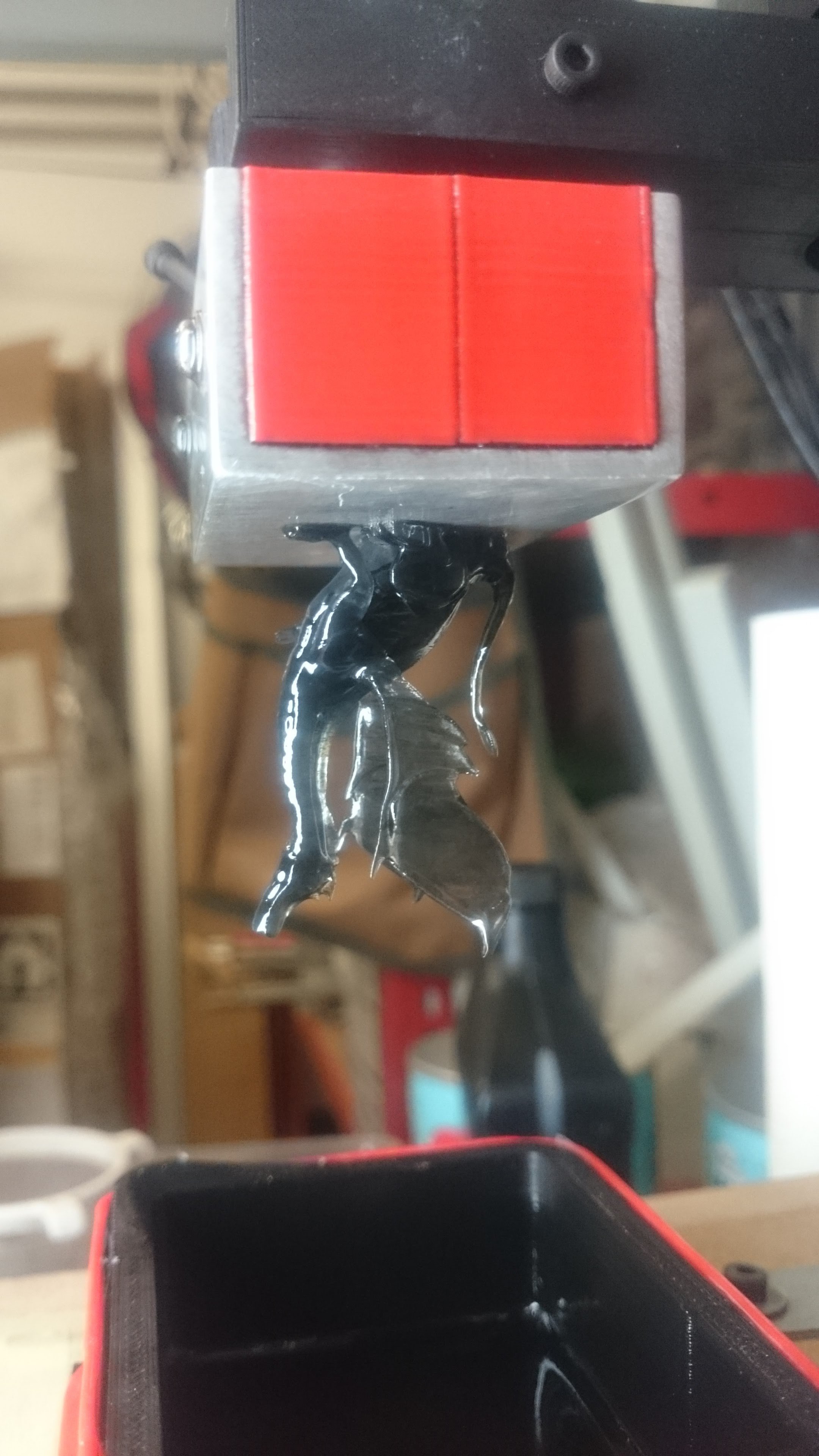
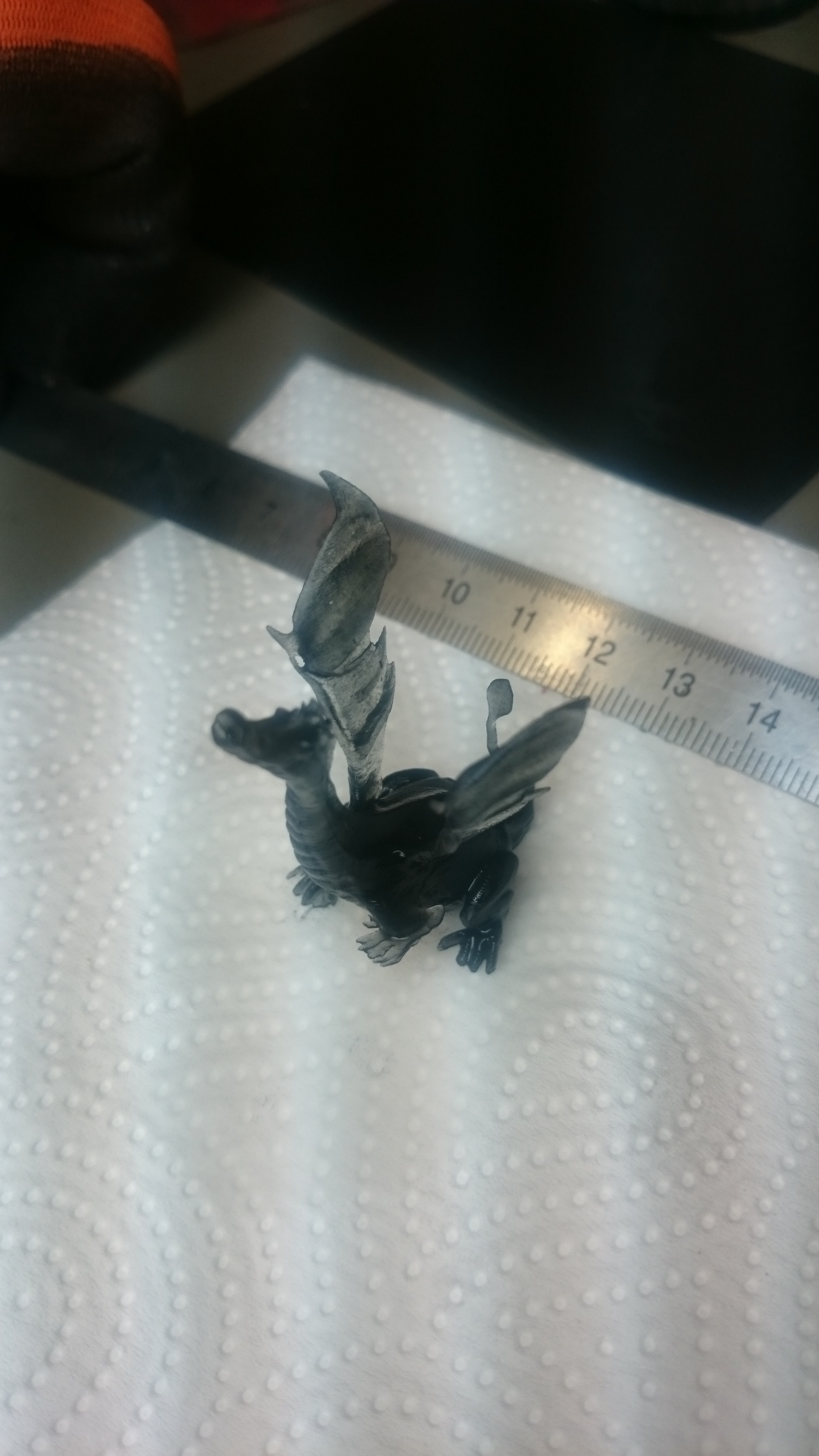

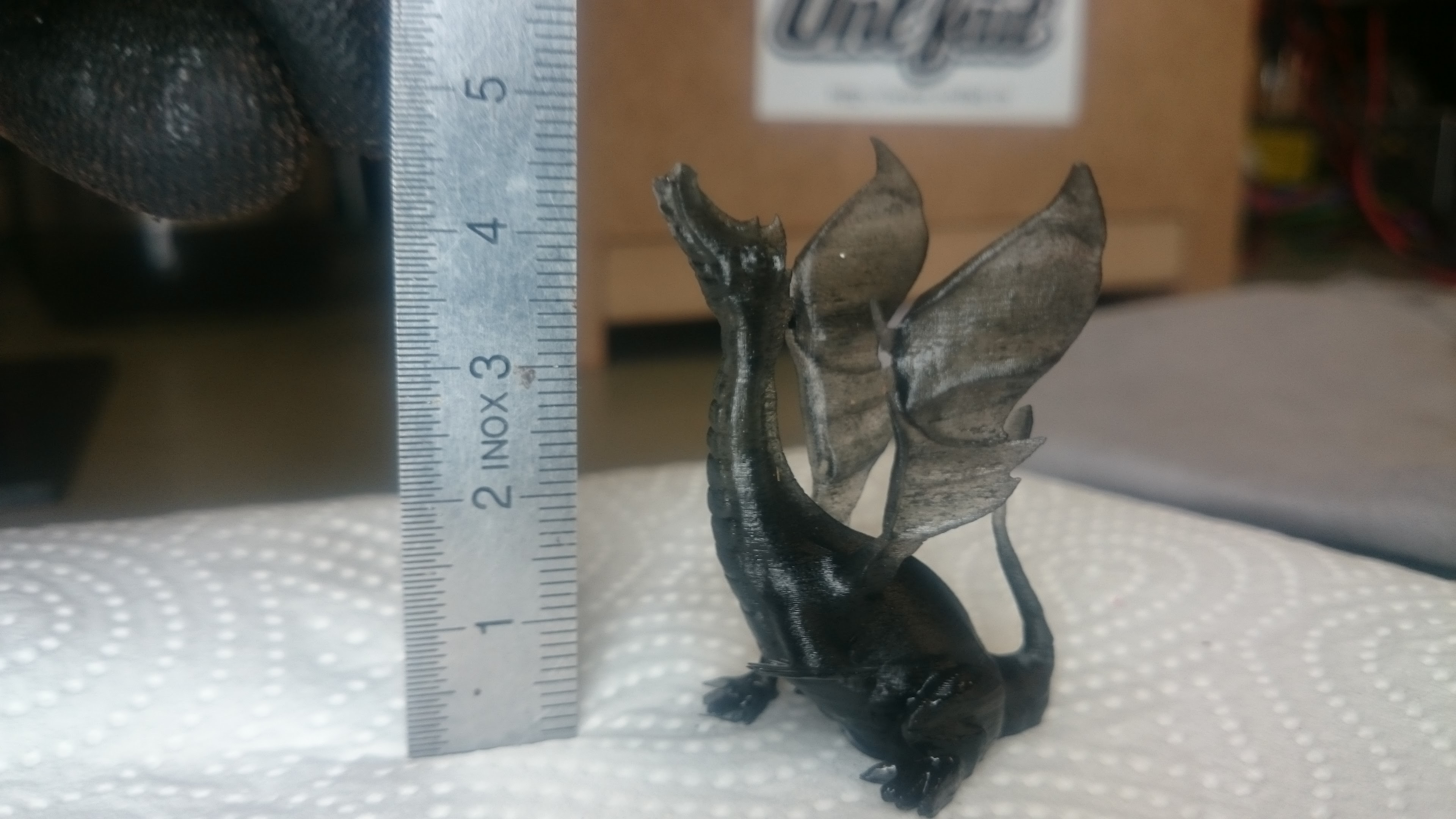
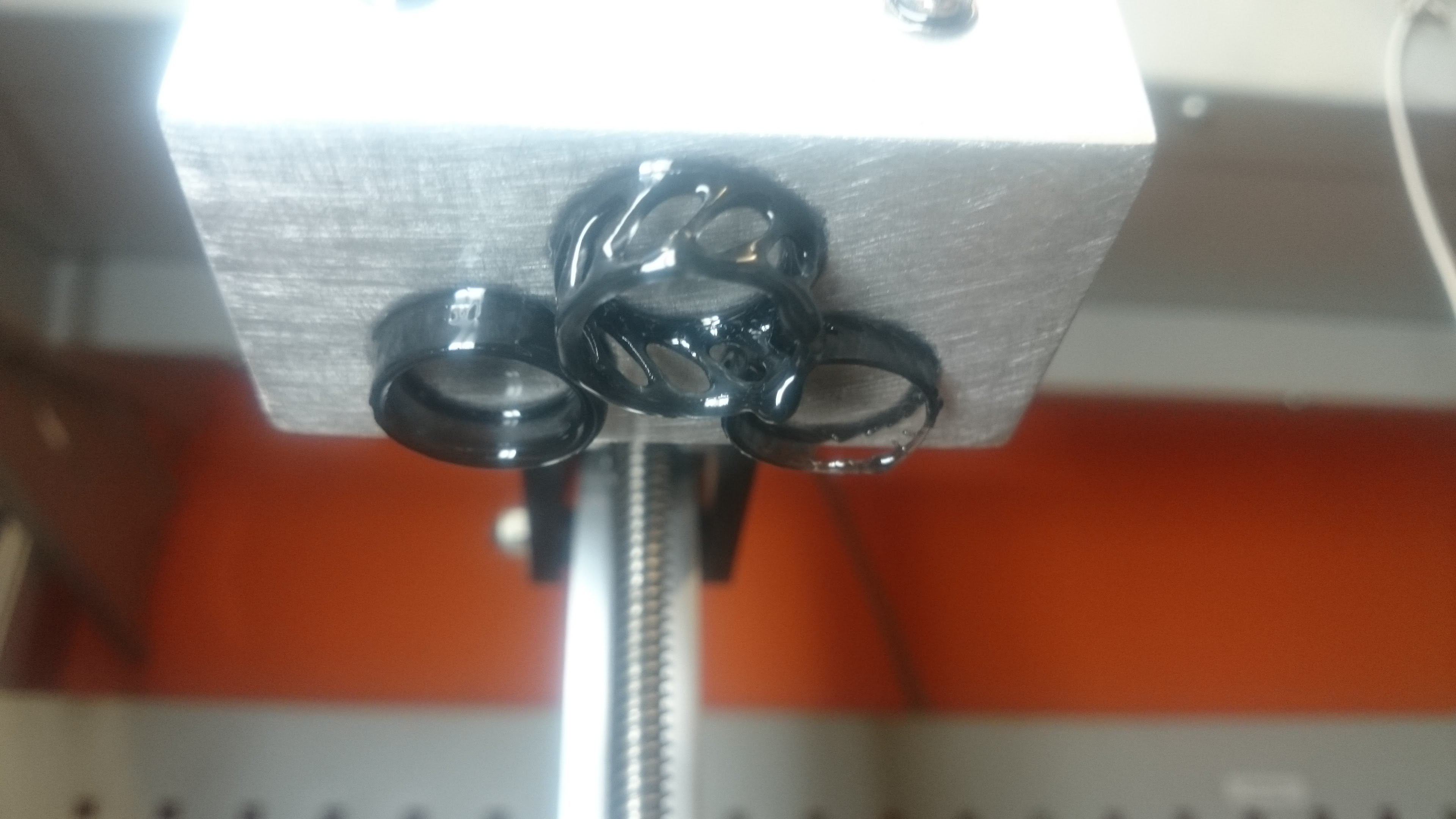

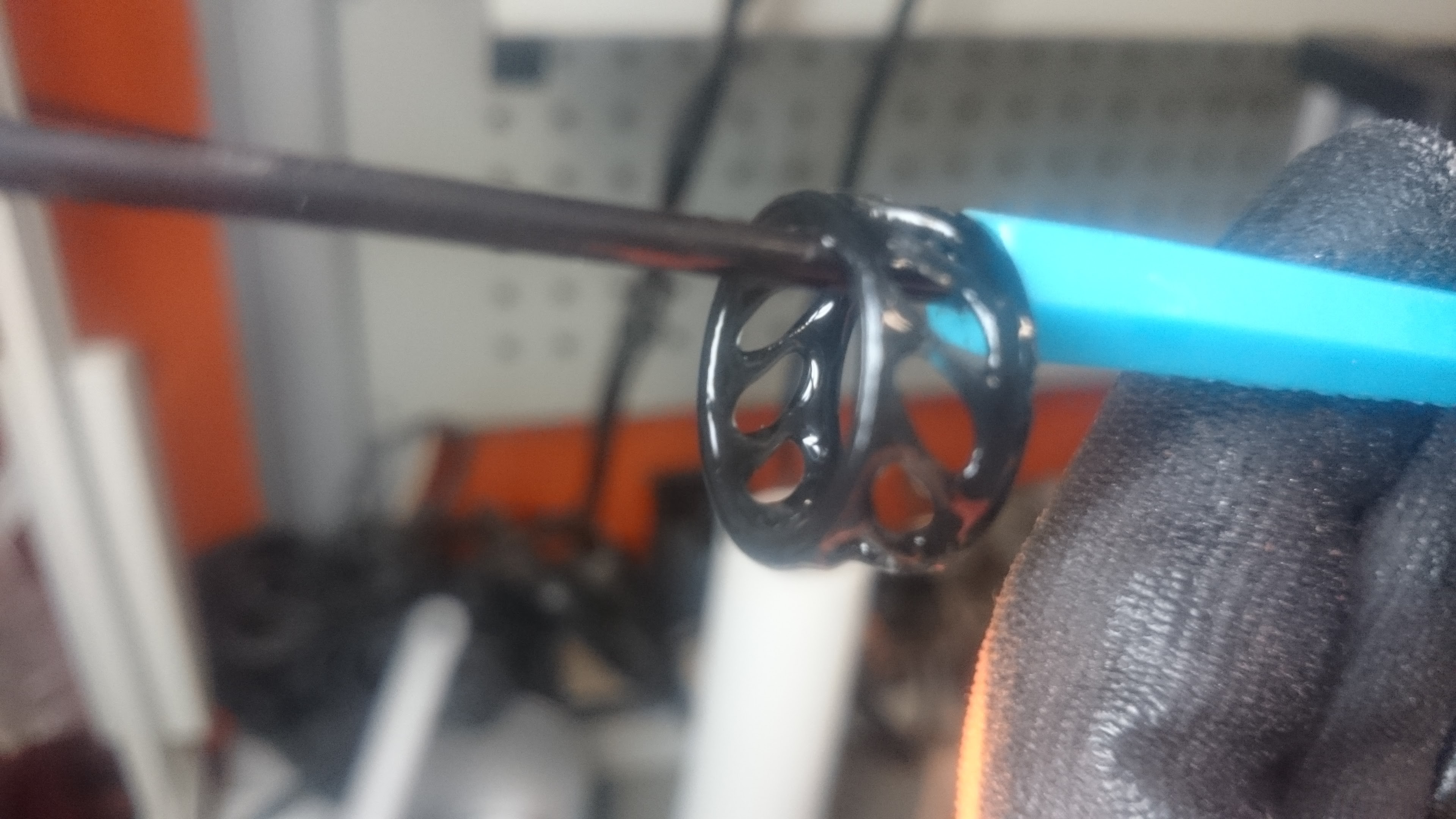

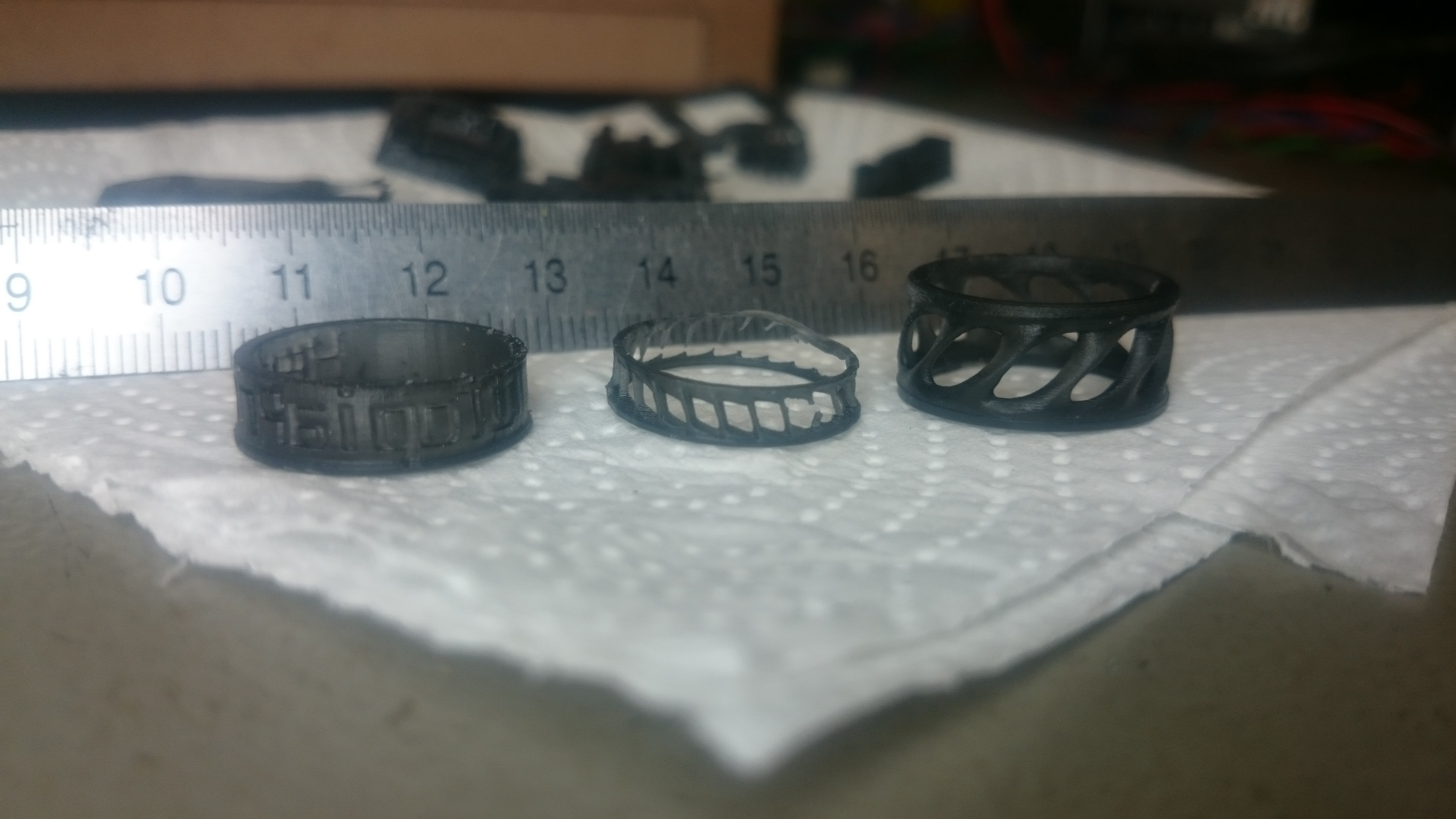
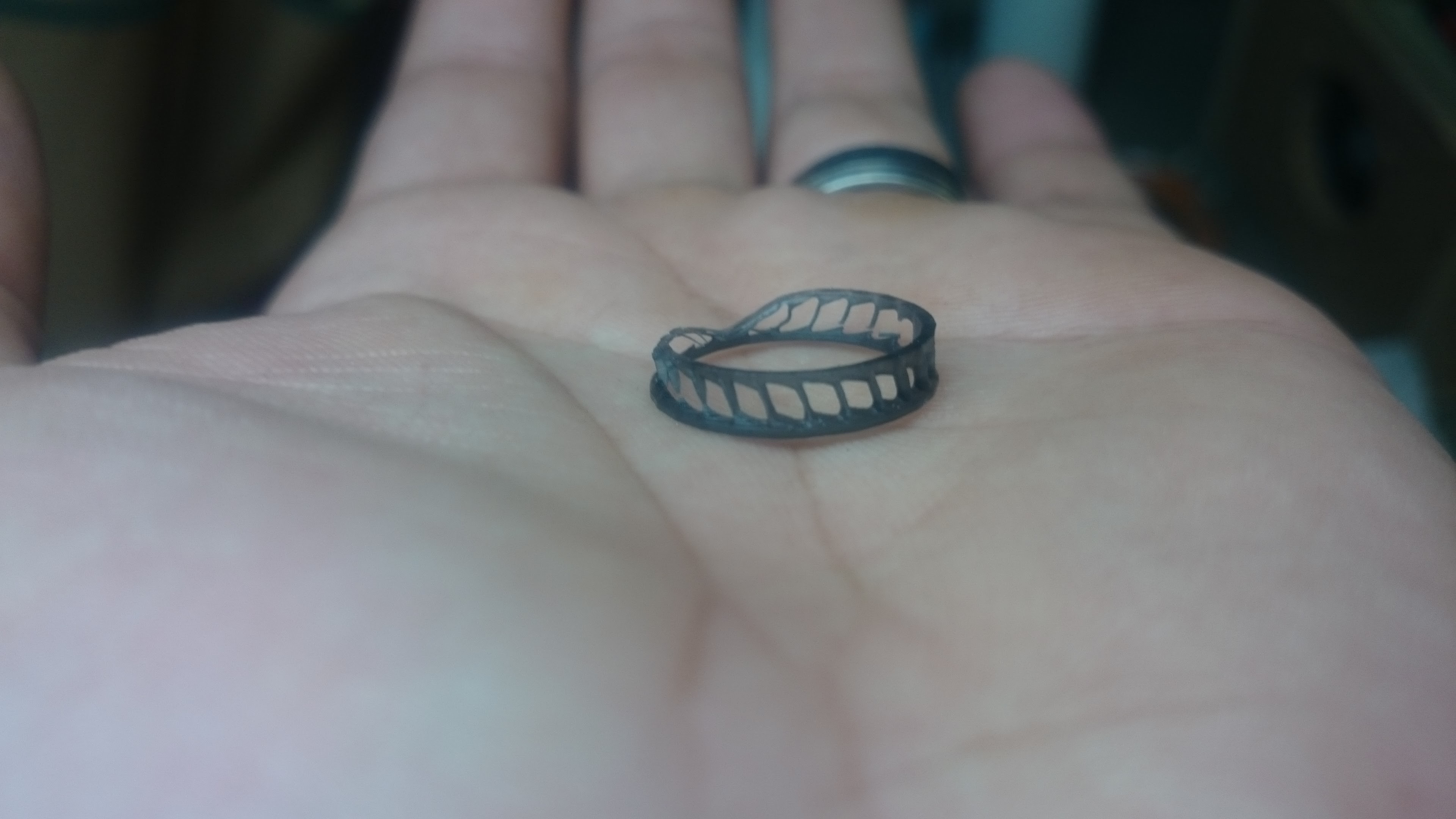

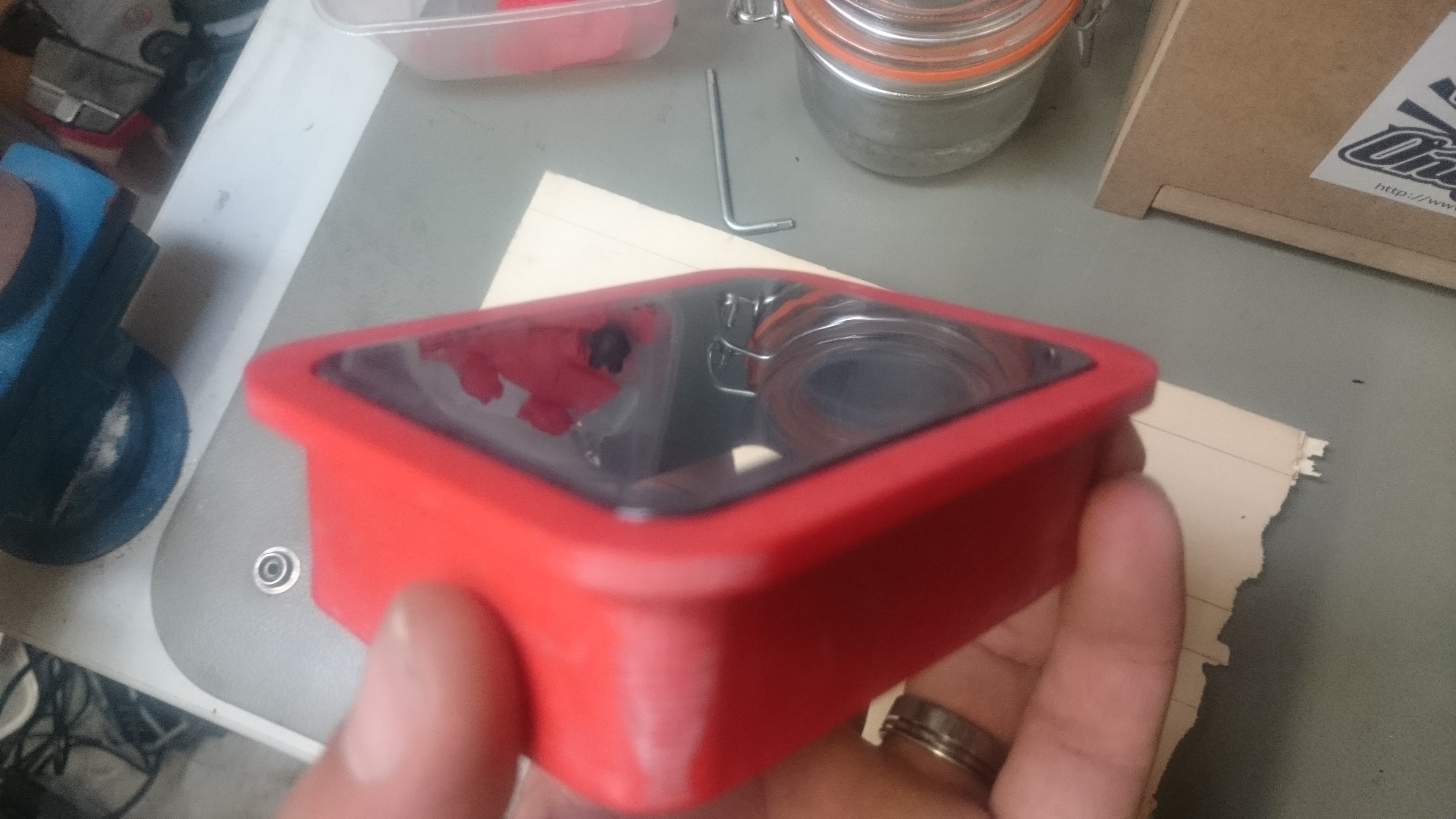
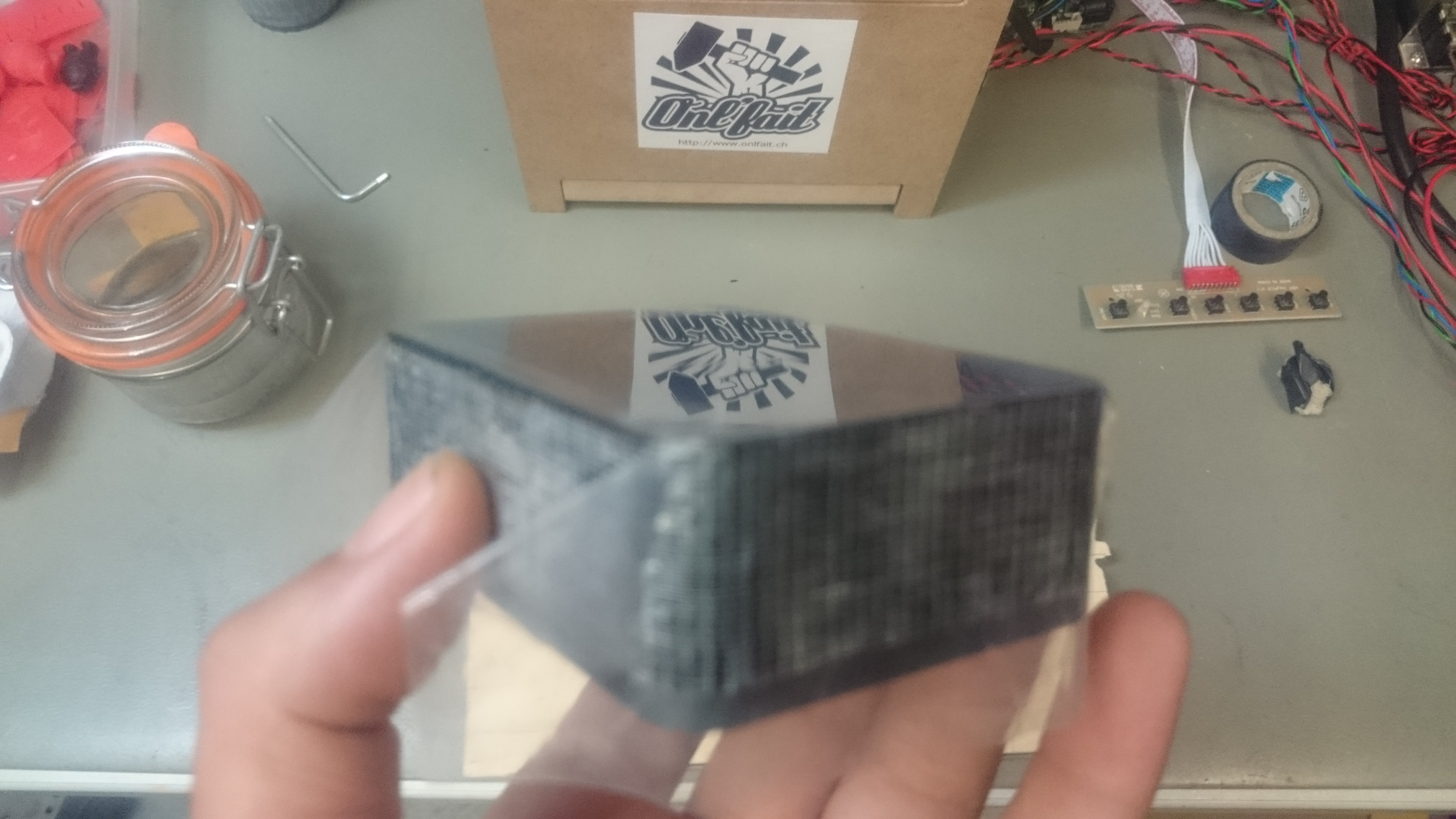
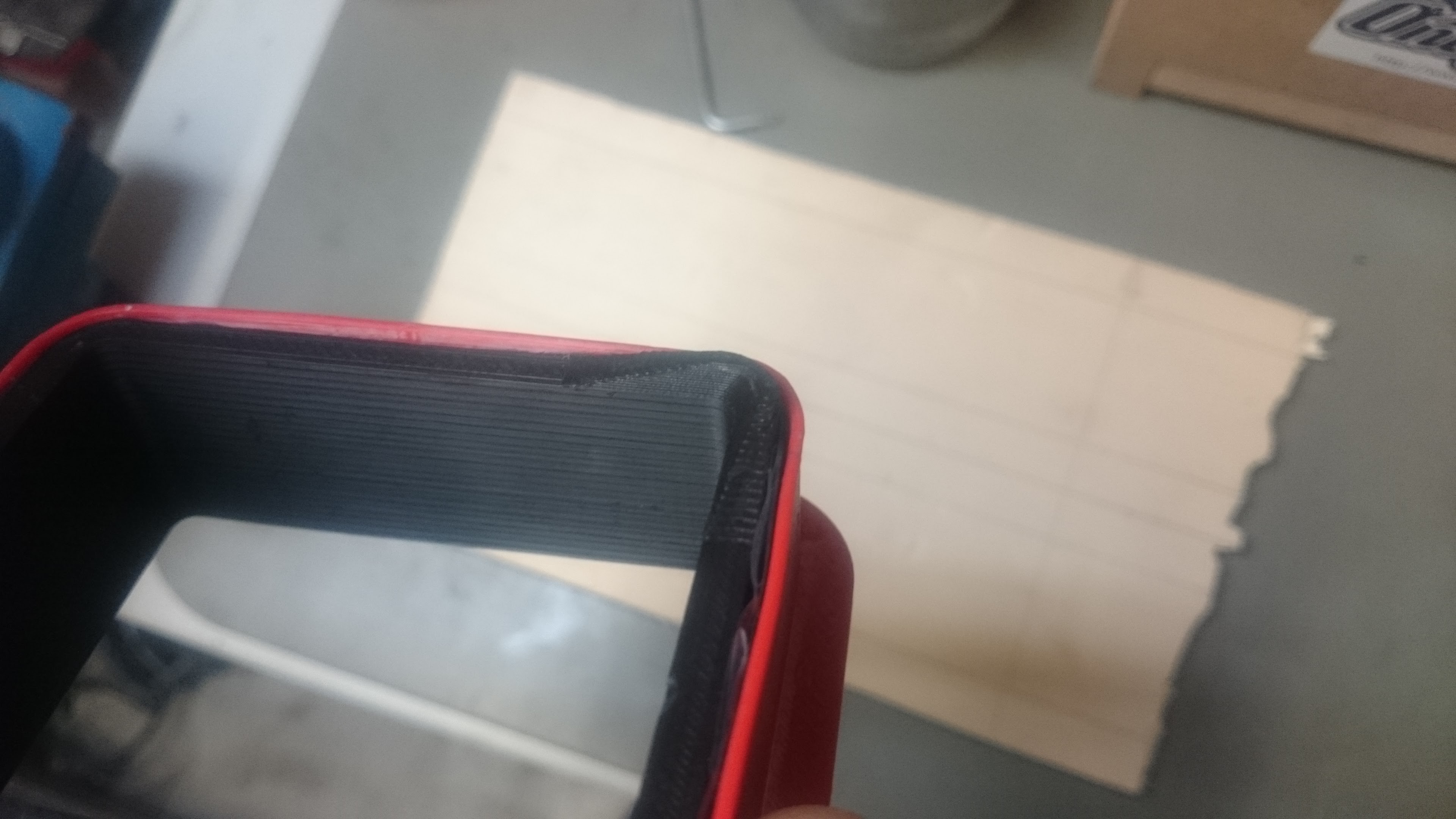
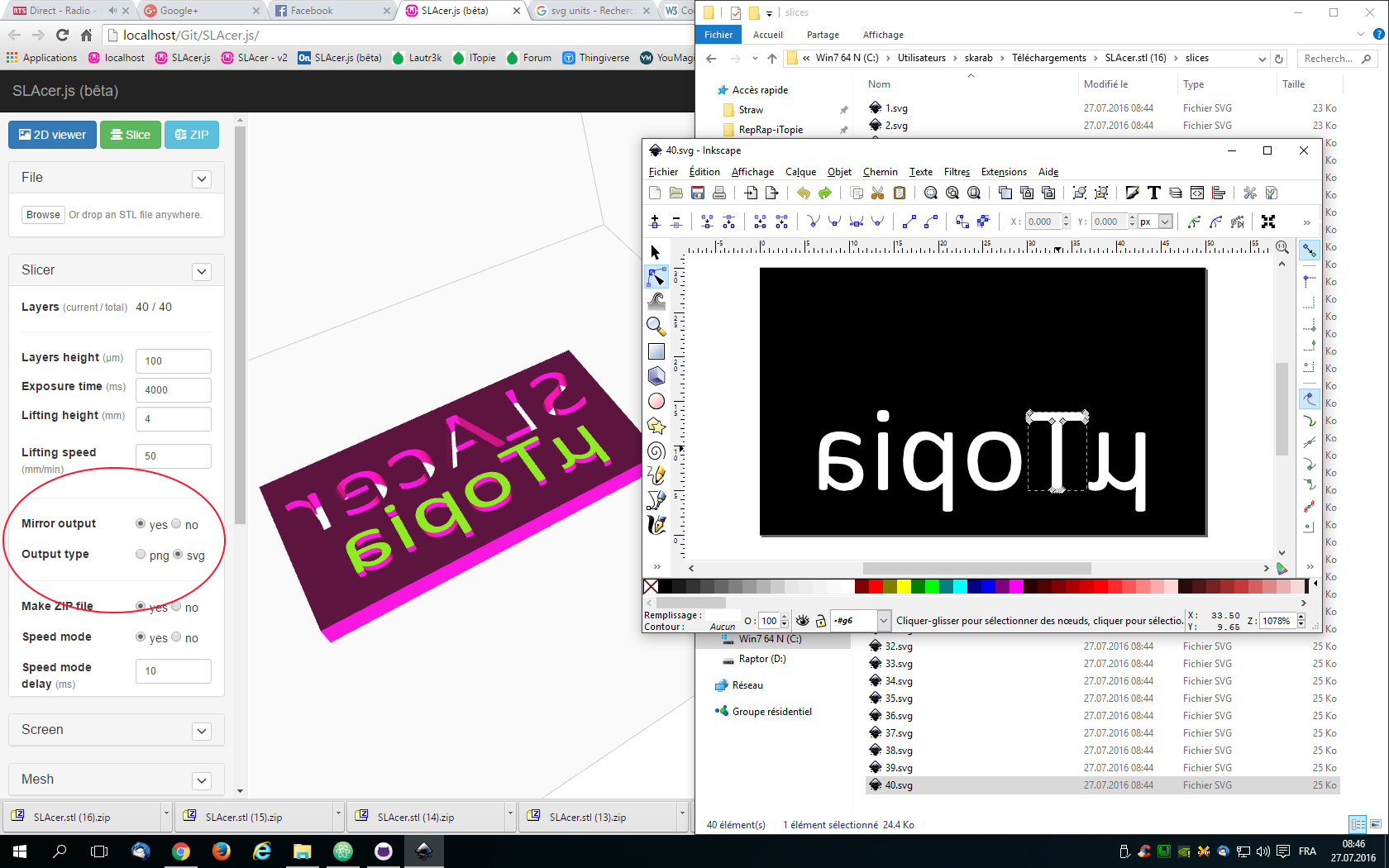
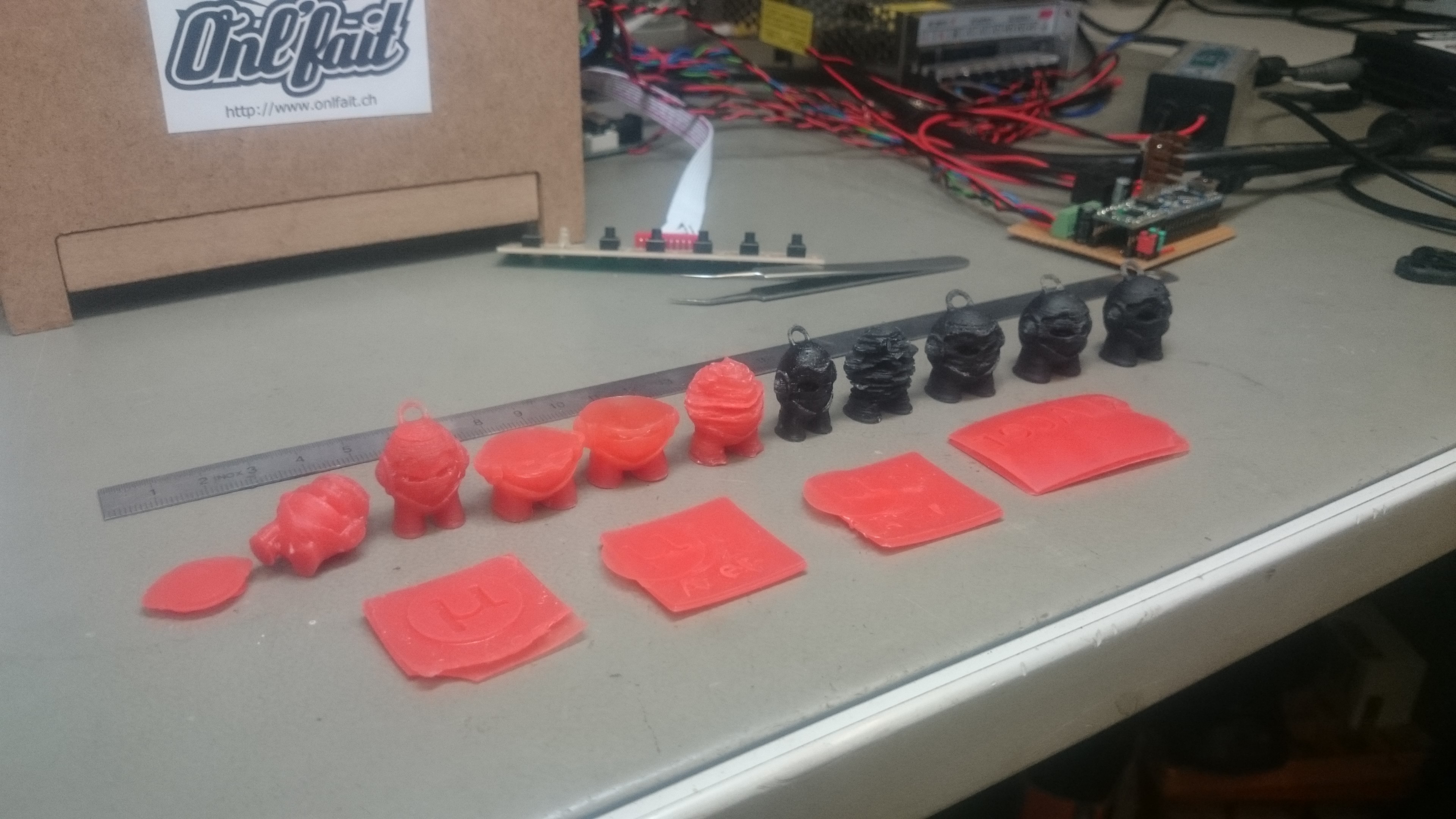
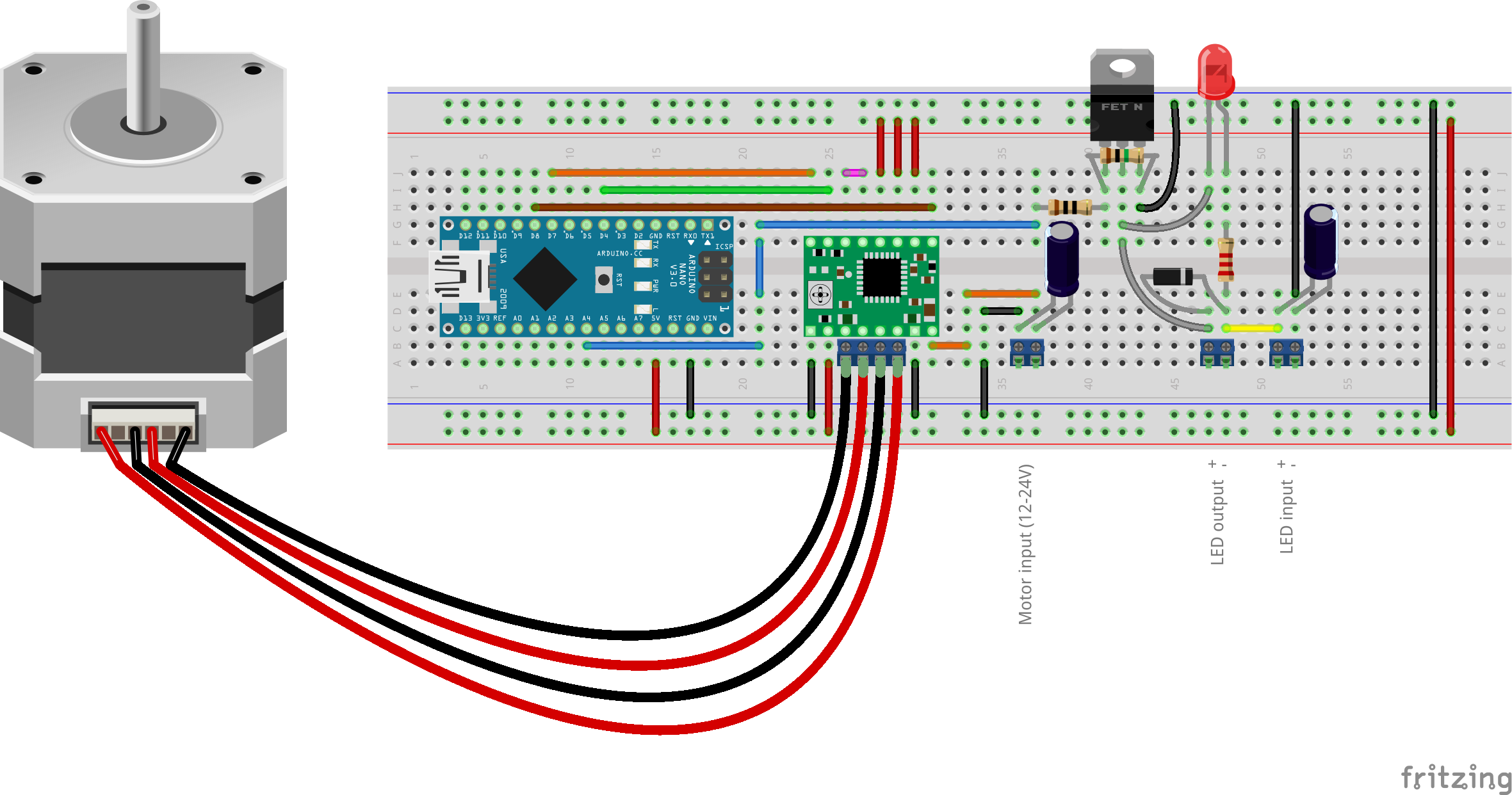
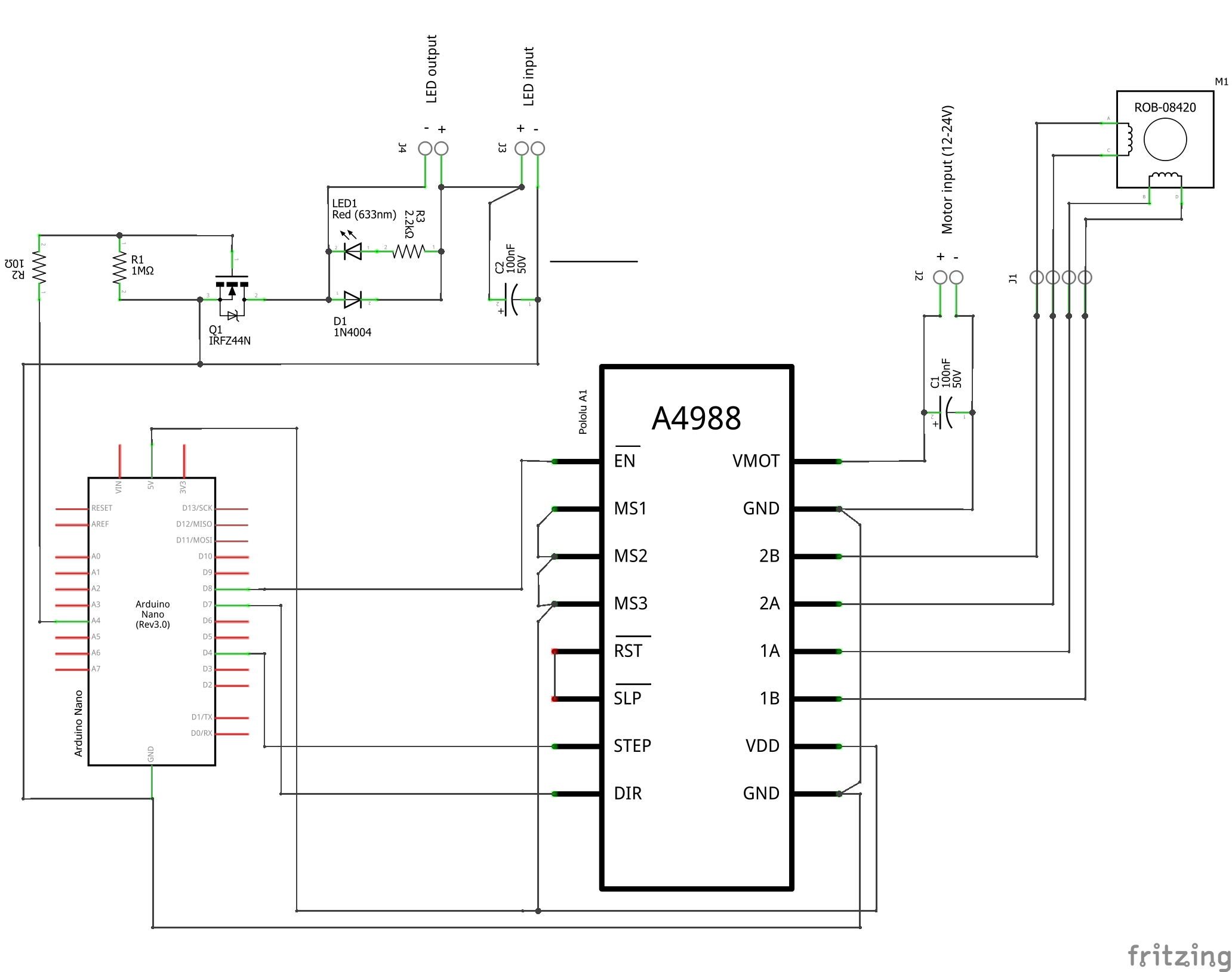


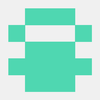



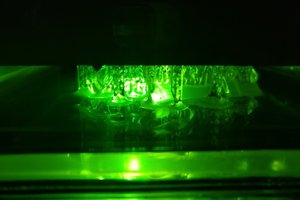
 Mark Peng
Mark Peng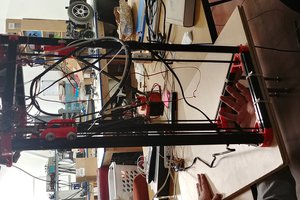
 mmiscool
mmiscool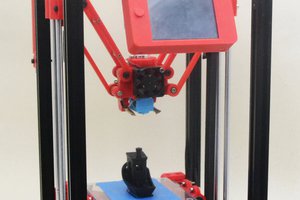
 ekaggrat singh kalsi
ekaggrat singh kalsi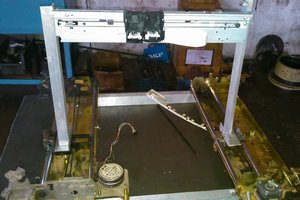
 Ashish
Ashish
Sorry to dig up such an old project. Elegoo recently started putting Fresnel lenses into their MSLA printers to collimate the UV. It had been the first I'd heard of a Fresnel lens used this way in an MSLA LCD printer, but here they are in the "setup" illustrations you posted six years ago. Are those your illustrations? Did you actually install a Fresnel in the uTopia Printer? (I didn't see one in the component list, couldn't confirm either way from the photos.) An often-ignored weak point for so many of the budget printers on the market these days seems to be the quality of the UV source; I'm curious about the types of solutions out there for structuring the UV, and how well they work in practice. My understanding of Fresnels is that they don't typically give great precision for imaging applications; but I wonder if that applies in this case, or if it does then to what degree it depends on the quality of the lens and how cost-efficient it may or may not be to use higher-quality lenses.
If you have thoughts or any resources on the topic, I'd be very curious to see them!